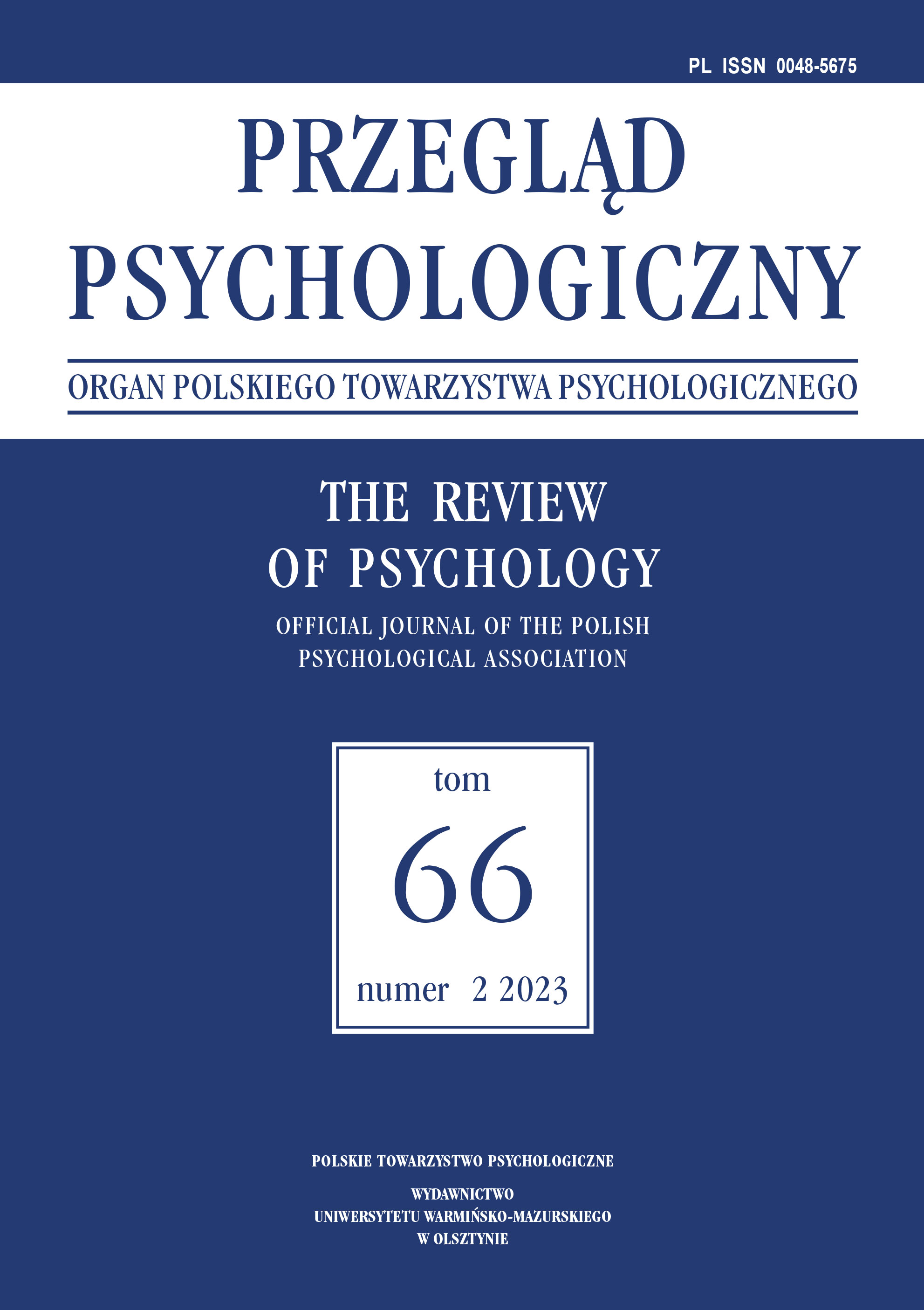COVID-19 Pandemic and Pollution
of the Environment – Threat Perception, Willingness to Incur Economic Costs, Psychological Resources, and Behaviors
COVID-19 Pandemic and Pollution
of the Environment – Threat Perception, Willingness to Incur Economic Costs, Psychological Resources, and Behaviors
Author(s): Grażyna WąsowiczSubject(s): Energy and Environmental Studies, Environmental and Energy policy, Health and medicine and law
Published by: Wydawnictwo Uniwersytetu Warmińsko-Mazurskiego w Olsztynie
Keywords: COVID-19; economic costs; environmental pollution; psychological resources; stress; threat;
Summary/Abstract: Objectives: 1. Comparison of COVID-19 and environmental pollution threats perception, willingness to incur costs to protect against these threats, and perceptions of competence to counteract these threats. 2. Comparison of the pattern of relationships in the context of each of the threats between (a) threat perception and willingness to incur economic costs versus protective/preventive behaviors against the threat; (b) threat perception and will- ingness to incur costs versus protective/preventive behaviors; (c) psychological resources (life aspirations, perceived competence, and stress coping strategies) versus the willing- ness to incur costs and adopt protective/preventive behaviors.Method: Three hundred people, 50% women and 50% men aged from 19 to 59 years (M = 39,79, SD = 11) participated in the online study. The following scales were used: COVID-19 threat perception (Cypryańska & Nezlek, 2020) and willingness to incur costs of acting against COVID-19 (Cypryańska & Nezlek, 2020), both applied also in the context of environmental pollution threat; Coping strategies inventory (Addison et al., 2007); Life aspirations index-23 (Grouzet et al., 2005), and scales of perceived competence of protec- tion against COVID-19 and changing consumption behavior (inspired by Williams et al., 1998). The predicted variables were protective behaviors against COVID-19 and preven- tive behaviors that reduce environmental pollution.Results: The perceived threat of environmental pollution, willingness to incur economic costs, and competence were all rated higher than the COVID-19 threat. The relationship patterns in models of threats showed similarities as well as differences. The perception of threats to the individual and the world, community contributions as a life goal, perceived competence, and stress-coping strategies were associated with behavior change.Conclusion: Each threat has its specificity that should be considered when searching for predictors of various aspects of individuals’ functioning and developing communication strategies to change behaviors.
Journal: Przegląd Psychologiczny
- Issue Year: 66/2023
- Issue No: 2
- Page Range: 171-188
- Page Count: 18
- Language: English

